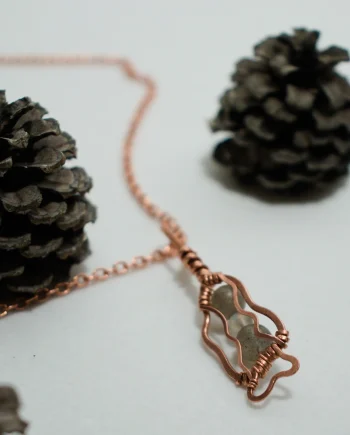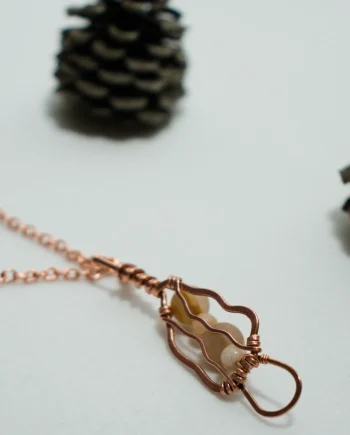
Morchella esculenta
Morels
Other mushrooms in the series:
Introducing the Morel
These magnificent wild mushrooms are one of the most readily recognized mushroom, and one of the most sought after.
Their pitted, honeycombed caps are quite distinctive, and their common lookalikes don’t look much alike once you know what to look for.
Morel hunting is a common springtime activity, but do not expect much help from your morel-hunting friends. Hunters are notoriously protective of their preferred hunting grounds and have been known to spread misinformation to protect their patches.
Morels are delicious sauteed.
In the Wild
Morels usually show up in the spring, but occasionally pop up throughout the year.
They grow on their own, or widely scattered or clustered in a variety of habitats – woodlands, riparian zones, old orchards, cultivated or disturbed ground, and burned areas.
Morels are another species that has been difficult to classify. It is quite polymorphic and variable in shape, colour, and size.
DNA studies have outlined three distinct types of morels:
- White morels (Such as Morchella rufobrunnea, M. anatolica, etc)
- Yellow morels (Such as M. esculenta, etc)
- Black morels (Such as M. elata, etc)
In North America, common associated tree species include pine, fir, Douglas fir, and cottonwood.
Check it out in the shop!
Other mushrooms in the series:
Useful Links:
*These links include affiliate links, for which I may receive a small amount at no extra cost to you.
- Mushrooms Demystified – David Arora (A hefty, not that portable, extensive mushroom identification book)
- All That the Rain Promises and More – David Arora (A lighter, more portable basic mushroom identification book)
- Mycelium Running: How Mushrooms Can Help Save the World – Paul Stamets (An interesting read on the potential role of mushrooms in remediation)



